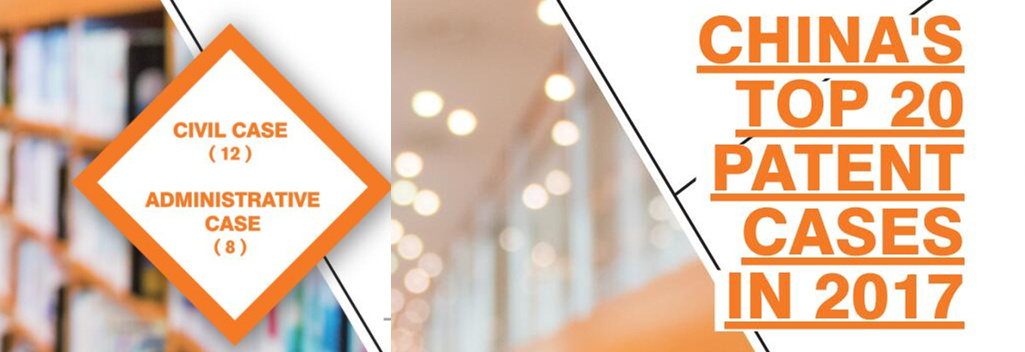

PATENT INFRINGEMENT DISPUTE FOR “CONCEALED DOOR HINGE”
◆ First Instance Docket: (2015) YueZhiFaZhuanMinChuZi No. 2333
◆ Second Instance Docket: (2017) YueMinZhong No. 973
CASE 6 :
Guangdong Province
.jpg)
[Headnotes]
If the patent claims indicate multiple subject matters whose inventive purposes are wholly unrelated, in interpreting a limitation in one of the subject matters, reference should be made to the inventive purpose in the subject matter the patentee seeks to protect.
[Synopsis]
Appellee (Plaintiff below): Simonswerk GmbH (Simonswerk)
Appellant (Defendant below): ShenGang Precision Hardware and Electronics Co., Ltd (ShenGang)
Simonswerk is the patentee for the patent No. Z L200910212035.0 of “Concealed Door Hinge.” Being informed of ShenGang’s manufacture and sales of products infringing its patent, Simonswerk after obtaining evidence filed suit for injunctive and monetary relief.
The court of first instance after finding ShenGang having manufactured, sold and offered to sell the accused infringing product, decreed that it compensate Simonswerk for economic loss (reasonable expenses included) in the amount of 250 thousand Yuan, and rejected all other Simonswerk claims. ShenGang was not satisfied and appealed. The court of second instance is of the opinion that the patent claims contains multiple subject matters, each for a less than identical purpose. Simonswerk is asserting claim 1 in this case, of the subject matter of which, the interpretation of the limitations should be made in conjunction with the inventive purpose of claim 1. The purpose of this invention is to match door hinges of different lengths by having detachable connecting unit, and modularization of the members at the ends of the blades on the connecting unit, which can fit into different lengths and structures of a door hinge, so as to result in simple manufacturing and less cost. Claim 1 of the patent states: “the blade end each having corresponding supporting member and plug-in member.” The “supporting member” in the entire subject matter, coupling with the “plug-in” member, plays the function of supporting the connection member which function is achieved so long as the blade ends contain a “plug-in member” and “supporting member” without a “third member on the blade ends” apart from “supporting member” and “plug-in” member. ShenGang’s contention that the “blade ends,” the “supporting member” and the “plug-in” members should be defined as three separate members is unsupported by evidence.
Moreover, the additional limitations of claim 9 of the patent further describes, “said blade ends wherein a means for adjusting said door plate along a second horizontal axis (Y) being placed in the middle of said blade end,” i.e., movement function of the door plate (i.e., the hinge) on the Y axis is achieved by the additional limitation of claim 9, rather than by any of the members, including the “support member.” Simonswerk asserted claim 1, which cannot be limited by claim 9’s definitions. ShenGang’s contention that the invention purpose of the subject matter can be achieved only by separating the “support member” and the “blade ends” is unsupported by evidence.
In sum, the element in the accused device of having a detachable “support member” at the blade end is within the claimed limitation, constituting an equivalent. Therefore, the second instance court affirmed the judgment below.
[Judge’s Comment]
In patent infringement lawsuits, whether all elements are met by the patent claim is a constant issue. Article 7 of Supreme People’s Court on the Interpretation of Several Issues of Law Applicable in Patent Infringement Trials provides, “In determining whether an accused subject matter is covered by the protective range of a patent, all the limitations of an asserted patent claim must be examined. A people’s court should find for infringement if all the elements of an accused device are literally or equivalently matched with a claim’s limitations; whereas, if one or more elements of the accused device are missing, or neither literally or equivalently matched with a claim limitation, the people’s court should find for non-infringement.
In some unique circumstance, as in multiple claims indicating a variety of completely different subject matters for multiple inventive purposes, the interpretation of the limitation of a claim is often key to determining whether an accused device falls within the claimed protective range. In interpreting a limitation, it has to take the inventive purpose of the claimed subject matter into consideration.